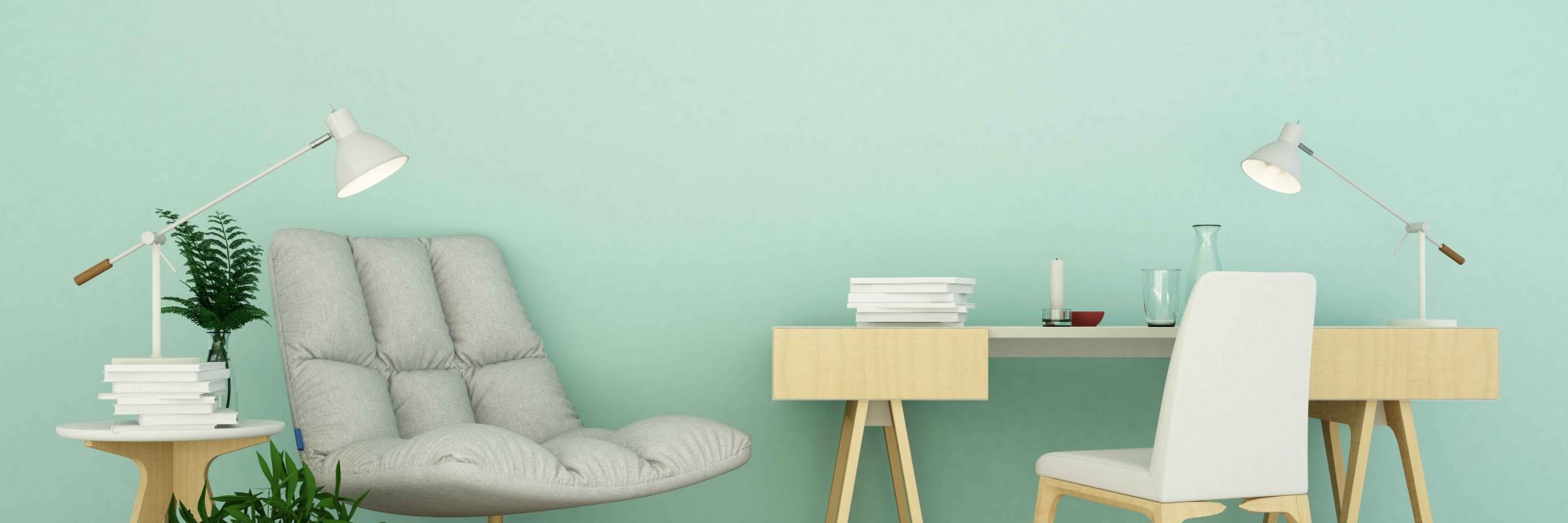Figure Out Just How Seasonal Factors Affect Business Outside Painting Success And Find The Best Times To Make Certain Long-Term Outcomes For Your Project
Figure Out Just How Seasonal Factors Affect Business Outside Painting Success And Find The Best Times To Make Certain Long-Term Outcomes For Your Project
Blog Article
Short Article Writer-Regan Celik
When you're preparing an industrial external painting project, seasonal variables can make or damage your results. You'll wish to consider exactly how temperature and humidity effect paint application and drying times. Picking the ideal season can ensure your paint adheres properly and lasts much longer. But which periods are really the most effective for this sort of job? Let's explore the key elements that can influence your project's success.
The Impact of Temperature Level on Paint Application
When you're intending an industrial outside paint task, the temperature level can substantially influence exactly how well the paint sticks and dries out.
Preferably, you want to paint when temperature levels vary in between 50 ° F and 85 ° F. If it's as well chilly, the paint might not heal properly, causing concerns like peeling or splitting.
On the other hand, if it's also hot, the paint can dry out too quickly, protecting against proper attachment and leading to an irregular coating.
You must additionally think about the moment of day; morning or late afternoon offers cooler temperatures, which can be much more desirable.
Always inspect the maker's recommendations for the specific paint you're making use of, as they usually give support on the excellent temperature array for optimum results.
Humidity and Its Effect on Drying Times
Temperature isn't the only ecological factor that influences your business exterior paint job; humidity plays a considerable role also. High moisture degrees can decrease drying out times dramatically, influencing the total high quality of your paint task.
When the air is filled with wetness, the paint takes longer to treat, which can result in problems like poor bond and a higher danger of mildew development. If you're repainting on a specifically damp day, be planned for extensive delay times between layers.
It's critical to keep track of local climate condition and strategy accordingly. Preferably, go for moisture levels in between 40% and 70% for optimal drying.
Keeping these factors in mind guarantees your job remains on track and provides a lasting finish.
Best Seasons for Commercial Exterior Paint Projects
What's the very best time of year for your business exterior painting projects?
Springtime and very early fall are generally your best options. Throughout find more , temperature levels are mild, and humidity levels are typically lower, producing suitable problems for paint application and drying.
Stay https://findapainternearme10875.kylieblog.com/36134209/locate-the-necessary-steps-to-determine-dependable-painting-professionals-today of summertime's intense heat, which can create paint to dry also quickly, leading to bad adhesion and finish. In a similar way, winter's cold temperatures can impede proper drying out and treating, risking the longevity of your paint work.
Go for straight line painters with temperatures in between 50 ° F and 85 ° F for optimum outcomes. Keep in mind to examine the regional weather report for rain, as wet problems can destroy your job.
Preparation around these factors ensures your painting task runs smoothly and lasts much longer.
Conclusion
In conclusion, planning your commercial exterior painting jobs around seasonal considerations can make a significant difference in the outcome. By organizing job during the suitable temperatures and moisture degrees, you'll guarantee much better bond and drying times. Remember to watch on regional weather report and choose the correct time of year-- springtime and early fall are your best choices. Taking these steps will help you achieve a long lasting and specialist coating that lasts.
